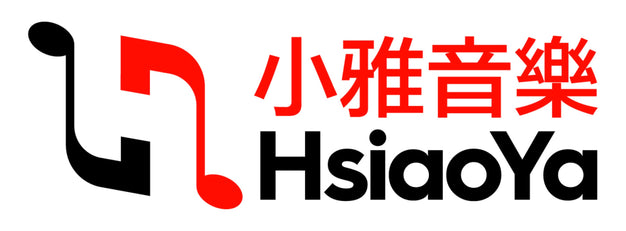
Partita 霍利格 古組曲 鋼琴獨奏 朔特版
來自 Schott Music
$1,650TWD
-
$1,650TWD
$1,650TWD
$1,650TWD
-
$1,650TWD
$1,650TWD
海因茨-霍利格曾深入研究弗裡德里希-荷爾德林和羅伯特-舒曼。他的帕蒂塔第三樂章《巴卡洛爾舞曲》前面有這樣一句格言:'我們應該讓自己被搖籃托起,就像在海上搖晃的小船上'。這些詩句出自荷爾德林的詩歌《Mnemosyne》(記憶)。樂曲以古老貢朵拉歌曲的節奏開始。但有時它又失去了典型的穩定的音樂流暢性,陷入了語音語調和節奏中。第四樂章和第六樂章的標題是 "Sphynxen für Sch.",讓人聯想到舒曼在《狂歡節》中用 "斯芬克斯 "一詞將自己的名字變成音調。第二樂章 "Fuga "指的是舒曼的腳踏鋼琴賦格曲。霍利格的這首帕蒂塔清楚地表明瞭他是如何參照歷史背景進行多層次的編排和結構的。霍利格作品中的形式和宗教象徵意義並不局限於對萊比錫聖托馬斯教堂指揮的提及,還包括舒曼和李斯特對巴赫相互交織的矛盾態度。這是一部對技術和音樂要求極高的音樂會作品"
作曲家: Holliger, Heinz
樂器: piano
出版社: Schott Music
曲目:
I Prelude (“Inner Voice”) - II Fugue - III Barcarole - IV Sphinxes for Sch. (Intermezzo I) - V petit “Csárdás obstiné” - VI Sphinxes for Sch. (Intermezzo II) - VII Ciaccona monoritmica
Heinz Holliger has dealt intensively with Friedrich Hölderlin and Robert Schumann. The third movement of his Partita, a Barcarole, is preceded by the motto: ‘We should let ourselves be cradled | As if on a boat rocking on the sea.’ These lines have been taken from the poem ‘Mnemosyne’ (Memory) by Hölderlin. The piece starts in the rhythm of old gondola songs. But sometimes it loses its typical steady flow of music, lapsing into speechtones and rhythms. The fourth and sixth movements are headed ‘Sphynxen für Sch.’, reminiscent of the term ‘Sphinxes’ used by Schumann in Carnaval to turn his name into tones. The second movement ‘Fuga’ refers back to Schumann’s fugues for pedal piano. The code BACH, a transposition from Schumann’s Op. 60, appears right in the middle.Holliger‘s Partita clearly shows how he refers to a historical background which he has arranged and structured in many layers.Composed in anticipation of the Bach anniversary in 2000. The forms and religious symbolism in Holliger’s piece are not restricted in their reference to the Cantor of St Thomas’ Leipzig, but include the interwoven contradictory attitudes towards Bach of Schumann and Liszt. A technically and musically demanding concert piece.





